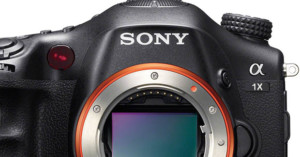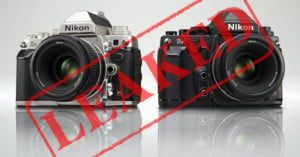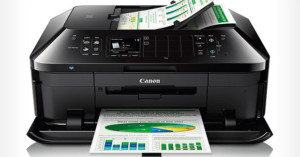
Cameras Don’t Break Rules, People Break Rules
A portrait session that results in the death of the subject should be called a failure.
As reported by the Salt Lake Tribune, a group of photographers and onlookers experienced precisely that level of catastrophic botchery last week in Grand Teton National Park when crowding too close to a moose (not a good idea).
The moose, already agitated by the presence of a nearby bull moose, was scared by the approaching park-visitors and bolted before stumbling over a picnic table and landing on a fire grate. With its hoof caught in the grate, the half-ton animal collapsed and broke its leg so badly that park rangers were forced to put it down.

























